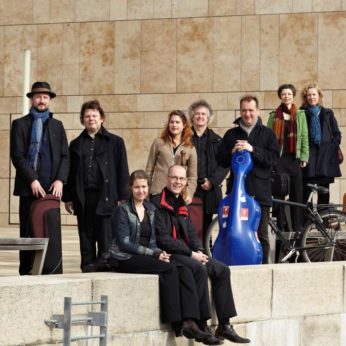Composer: Jean-Marie Leclair (b. 1697 - d. 1764)
Performance date: 06/07/2016
Venue: St. Brendan’s Church
Composition Year: 1753
Duration: 00:09:03
Recording Engineer: Richard McCullough, RTÉ lyric fm
Instrumentation Category:Baroque Ensemble
Instrumentation Other: 2vn, va, vc, db, lute, hpd
Artists:
Concerto Copenhagen (Antoine Toruncyzk [oboe], Fredrik From, Peter Spissky, Antina Hugosson [violins], Torbjörn Köhl [viola], Judith-Maria Blomsterberg [cello], Kate Hearne [cello, recorder], Marrias Frostenson [bass], Fredrik Bock [theorbo], Marcus Mohlin [harpsichord]) -
[baroque ensemble]

Copyright © 2024 West Cork Music. All rights reserved.
Designed and developed by Matrix Internet